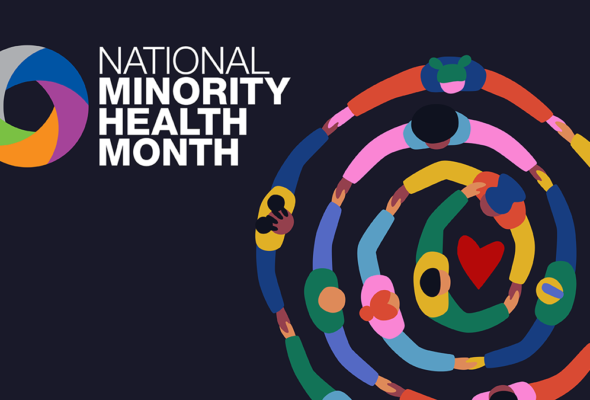U.S. healthcare payers and third-party administrators (TPAs) face a complex array of business and technology initiatives driven by evolving market conditions and increasing consumer demands. Successfully navigating this dynamic landscape requires a clear understanding of how to manage these challenges effectively.
To assist in this endeavor, Gartner conducted an extensive evaluation1, tapping into periodic research surveys and detailed interactions with U.S. payer business and technology executives. Gartner’s team of payer industry experts assessed each initiative, providing a rating to guide investment decisions:
- Explore: Continue to allocate resources to assess the potential and use cases of the initiative.
- Accelerate: Increase resources for initiatives showing favorable conditions.
- Maintain: Keep current resource levels and plan for an increase when conditions improve.
- Harvest: Optimize the initiative for minimal resource use and maximum profitability.
- Divest: Discontinue initiatives that are no longer viable.
- Reposition: Allocate resources differently to refocus strategy and maximize benefits.
This two-part blog series focuses on initiatives that Gartner recommends for acceleration. By prioritizing investment in these areas, healthcare payers and TPAs can achieve substantial benefits in today’s market.
Investing in Data Transparency
As consumer demands for upfront pricing information increase, along with strict regulatory mandates such as the Consumer Price Transparency final rules and the No Surprises Act, it’s crucial for payers and TPAs to prioritize investments in data transparency. These initiatives are essential not only for compliance but also for enhancing customer experiences and meeting price transparency requirements. U.S. healthcare organizations must leverage this research to strategically position their organizations in a rapidly changing market.
Currently, many payers and providers struggle to provide accurate cost estimates through their digital health navigation tools. This shortfall can lead to consumer dissatisfaction, care abandonment, and increased call volumes for customer service teams fielding coverage and cost inquiries. The Transparency in Coverage final rule and the Hospital Price Transparency final rule mandate clear, accessible cost information, presenting challenges that require strategic collaboration and the tactical implementation of advanced technologies.
By investing in robust digital tools that improve transparency, payers, and TPAs not only adhere to regulatory demands but also enhance consumer trust and operational efficiency. This strategic focus is integral to transforming the healthcare experience, making transparency a cornerstone of modern healthcare economics and consumer interaction.
Accelerating Data and Analytics Governance
The imperative for robust data and analytics governance in healthcare is growing as ecosystems become more interconnected and the volume of data surges. Enhanced governance is crucial not only for improving data quality and sharing capabilities but also for addressing persistent issues related to technology integration, data ownership, privacy, security, and IT resource constraints. By establishing a comprehensive data and analytics governance framework, payers can ensure their data infrastructure is primed for advanced AI applications and support a more decentralized analytics approach.
Per Gartner’s 2023 Hype Cycle for Data and Analytics Governance, experts in data and analytics governance are advised to focus on technologies and methodologies that are likely to reach the “Plateau of Productivity” within the next two to five years.2 This includes investing in cross-enterprise Master Data Management (MDM), advanced data cataloging, metadata management solutions, and stringent data quality protocols. These elements are pivotal for enhancing the accuracy, accessibility, and security of data across healthcare organizations.
Furthermore, payers should consider exploring less mature yet promising innovations such as adaptive Data and Analytics (D&A) governance and D&A governance platforms. Although these areas may require a longer time horizon to mature fully, they hold significant potential for providing a competitive edge. Actively evaluating and integrating these emerging innovations can help healthcare payers not only meet current regulatory and operational demands but also position them favorably within an increasingly data-driven industry.
FHIR APIs: The Future of Data Exchange
U.S. healthcare payer CIOs are emphasizing investments in interoperability use cases to align with top enterprise priorities. These initiatives are not only about meeting regulatory requirements but also enhancing the quality of healthcare through improved data exchange mechanisms. FHIR (Fast Healthcare Interoperability Resources) APIs are at the forefront of these efforts, providing a standardized method for robust data exchange across the healthcare sector. The adoption of these APIs is crucial for achieving interoperability goals and enhancing Health Information Exchanges (HIEs) as the main source of clinical data.
The HL7 community continues to develop evolving standards that meet the growing needs of the healthcare ecosystem, significantly boosting the value proposition of HIEs. Regulatory and market forces are also reinforcing the importance of robust data frameworks, making FHIR APIs an essential component of modern healthcare infrastructure. Early adopters of FHIR APIs are finding themselves well-positioned to scale these initiatives, leveraging their early experiences to guide expansion and optimization.3
As the healthcare landscape continues to evolve, the strategic focus on FHIR APIs will play a critical role in optimizing healthcare delivery. This focus on advanced data exchange frameworks not only supports current operational needs but also sets the stage for future innovations in healthcare technology. Early investments in these areas are proving to be strategic, enabling organizations to lead in a data-driven healthcare market.
Stay tuned for Part 2 of this series, where we will delve into three additional initiatives critical for U.S. healthcare payer and TPA success:
- Streamlining Payment Integrity Processes
- Modernizing Technology
- Expanding Self-Funded Business
- Enhancing Home Health Capabilities
Empowering Data-Driven Success
Leveraging data for success in healthcare requires a trusted partner with a deep understanding of the industry. HealthAxis brings nearly 60 years of experience to the table, helping you navigate the complexities of data governance, advanced analytics, and FHIR interoperability.
Our comprehensive suite of integrated business solutions unlocks the full potential of your data, empowering you to gain a competitive edge in the healthcare market.
Learn more about how HealthAxis can help you navigate the data landscape and achieve your strategic goals.
Sources:
1. Business Outlook for Critical U.S. Healthcare Payer Initiatives, Gartner
2. Hype Cycle for Data and Analytics Governance, 2023, Gartner
3. HL7 FHIR = Health Level Seven Fast Healthcare Interoperability Resources



